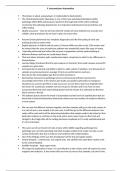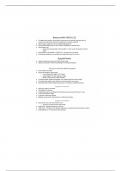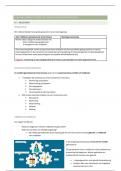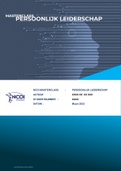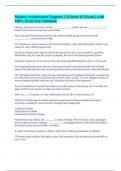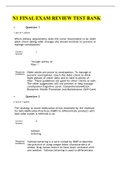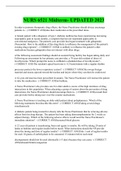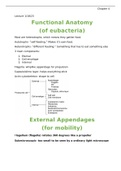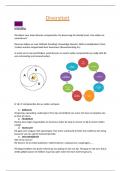Lecture notes
autoanalysers automation
- Module
- Clinical science
- Institution
- Aston University, Birmingham (Aston)
preview:• This lecture is about autoanalysers in relationship to biochemistry. • The clinical biochemistry laboratory is one of the most automated disciplines within pathology within BMS and because it performs the huge bulk of the entire workload received by the pathology department, it is im...
[Show more]
